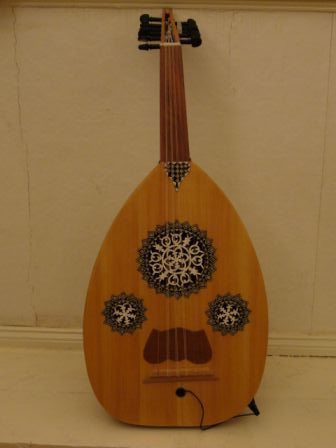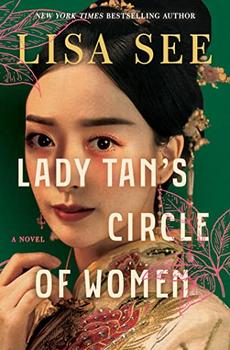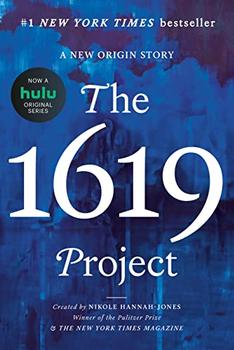Summary | Excerpt | Reviews | Beyond the Book | Read-Alikes | Genres & Themes | Author Bio

A Memoir
by Aeham AhmadThis article relates to The Pianist from Syria
 In previous "beyond the book" articles we've looked at different aspects of contemporary Syria - such as its culture and the refugee crisis. Now, we take a look at its music through a close up look at one of the Muslim world's most popular instruments.
In previous "beyond the book" articles we've looked at different aspects of contemporary Syria - such as its culture and the refugee crisis. Now, we take a look at its music through a close up look at one of the Muslim world's most popular instruments.
Aeham Ahmad, author of The Pianist from Syria, owned a music store with his father that, among other endeavors, manufactured and sold musical instruments, the most important and profitable of which was a lute-like instrument called an oud.
In Arabic, the name "al oud" literally means "the wood," and may refer to the thin strips of wood that are glued together to make the instrument's gourd-like back. The name may also have served to differentiate it from earlier musical instruments that used a stretched animal skin for their faces. Known as the "king of instruments" in the Arab world, the oud is highly popular in all forms of music, from traditional to pop.
The oud's strings are strung in pairs known as "courses" similar to the configuration of those on a mandolin, and it generally has five courses plus one solo bass string that's used to set a rhythm throughout a piece. It's usually played with a small, flat, triangular-shaped pick called a plectrum. Ouds are also characterized by a short, fretless neck capped by a peg-box set at an angle, from which the strings are tuned. The fact that it has no frets allows performers to easily slide their fingers along the strings, "bending" the frequency of notes and add vibrato, giving songs a characteristic middle-eastern tonality.
The origin of the oud (rhymes with food) is lost in antiquity. Legend has it that the first instrument was created by the Biblical figure Lamak (or Lamech) a son of Cain and grandson of Adam, upon the death of his young son. Out of grief Lamak supposedly hung the boy's corpse in a tree until nothing was left but bone, and then he fashioned the remains into what is now known as the oud (the angle of the peg-box to the neck is supposed to call to mind the child's foot dangling from his leg).
Based mostly on early works of art, it's believed that the first true oud dates from between 224 CE and 651 CE and arose in pre-Islamic Iran. The pear-shaped instrument was most likely brought to Europe via the Iberian Peninsula in the 8th century CE. The Al-Andalus caliphate seems to have cultivated an atmosphere conducive to artistic expression and promoted the use of the oud. A palace musician named Zyriab (789 – 857 CE) established the first music conservatory in Spain and improved the instrument, adding the fifth set of strings. Eventually it was adopted into European culture as the lute.
Today's oud may vary by region, but there are three main types being manufactured: Arabic, Turkish and Persian. The Arabic ouds (the type manufactured by Ahmad's family), subdivided into Syrian, Iraqi and Egyptian models, are generally larger with a darker timbre. The Turkish ouds are smaller with a brighter sound and higher pitch and are particularly popular in Greece. The Persian model, also called a barbat, is tuned differently than the Arabic oud. It's slightly smaller with a lighter sound than the Turkish ouds.
Filed under Music and the Arts
![]() This "beyond the book article" relates to The Pianist from Syria. It originally ran in March 2019 and has been updated for the
March 2021 paperback edition.
Go to magazine.
This "beyond the book article" relates to The Pianist from Syria. It originally ran in March 2019 and has been updated for the
March 2021 paperback edition.
Go to magazine.






Your guide toexceptional books
BookBrowse seeks out and recommends the best in contemporary fiction and nonfiction—books that not only engage and entertain but also deepen our understanding of ourselves and the world around us.